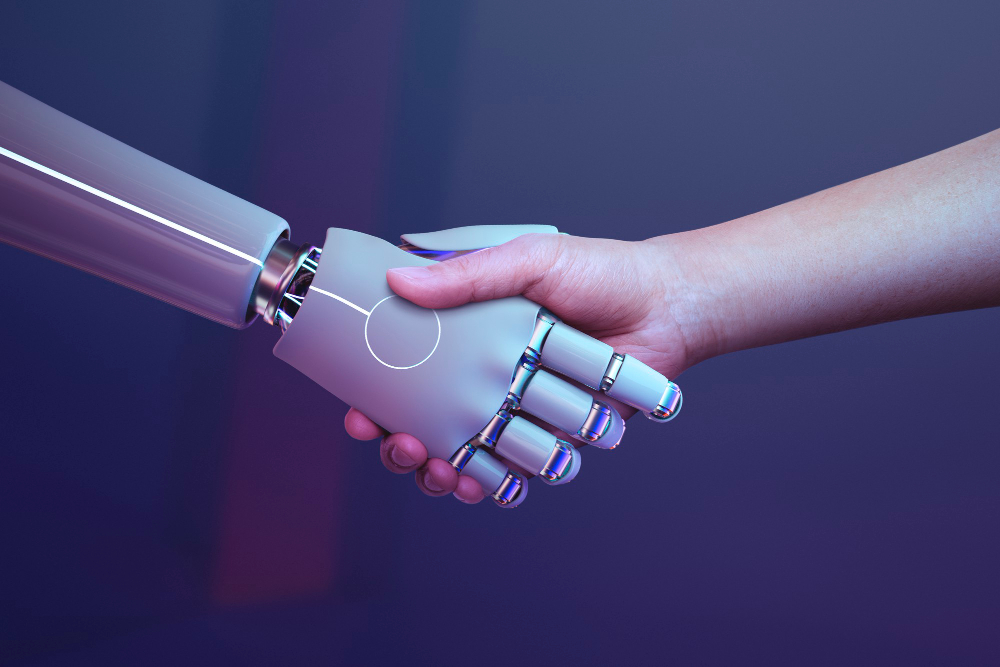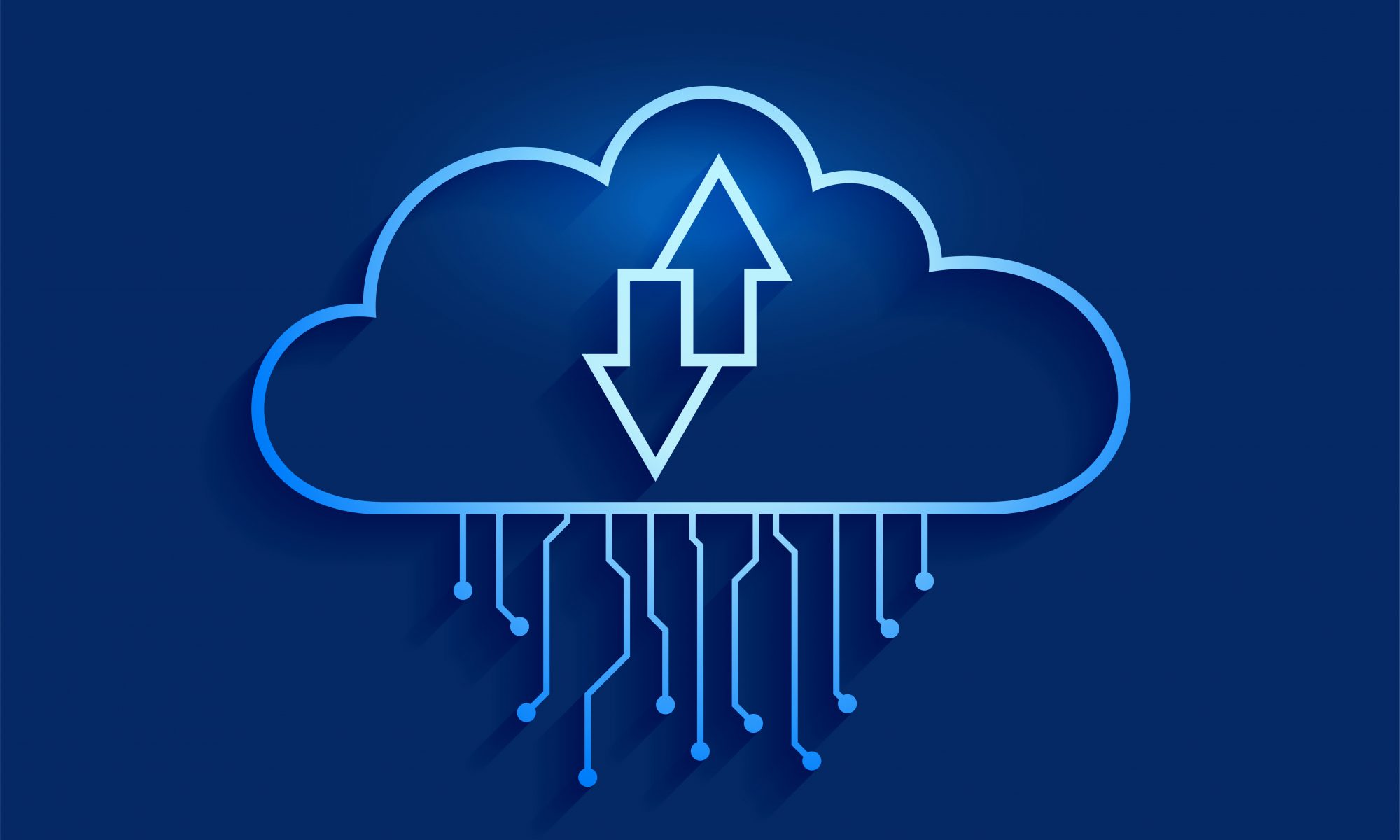The internet of things, or IoT, is an interconnected network of computing devices, mechanical and digital machines, objects, animals, or people who are given unique identifiers (UIDs) and the capacity to transfer data over a network without the need for human-to-human or human-to-computer interaction. The term “thing” refers to any natural or artificial object that can be given an Internet Protocol (IP) address and can transfer data over a network, including people with implanted heart monitors, farm animals with biochip transponders, cars with built-in tyre pressure monitors, and so on.
How does IoT work?
The Internet of Things (IoT) ecosystem is made up of web-enabled smart devices that employ embedded systems, such as processors, sensors, and communication gear, to gather, communicate, and act on the data they get from their surroundings. By connecting to an IoT gateway or other edge device, which either sends data to the cloud for analysis or analyses it locally, IoT devices exchange the sensor data they gather. These gadgets converse with other similar devices on occasion, acting on the data they exchange. Although individuals may engage with the devices to set them up, give them instructions, or retrieve the data, the gadgets accomplish the majority of the job without their help.
IoT is important, but why?
People who use the internet of things can live and work more intelligently and have total control over their life. IoT is crucial to business in addition to providing smart home automation devices. Businesses may automate procedures and save money on labour thanks to IoT. As a result, IoT is among the most significant technologies of modern life, and it will gain momentum as more companies recognise how linked gadgets can help them stay competitive.










